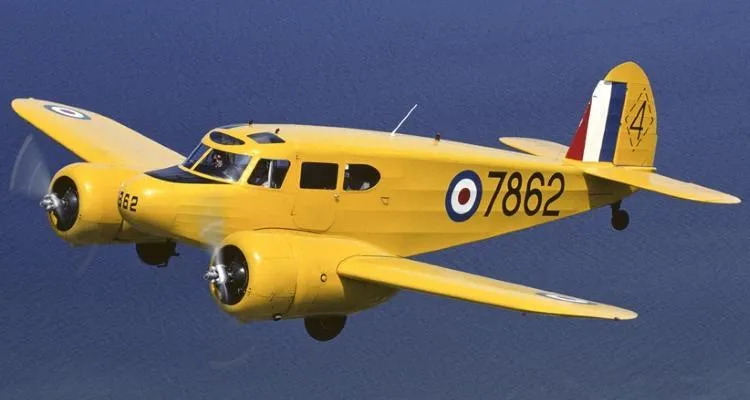Deery, Henry George
Killed in Flying Accident 1941-12-24


Birth Date: 1914-October-07
Born:
Percy & Lillian Deery
Home: Laingholm, Auckland, New Zealand (parents)
Enlistment:
Enlistment Date: Unknown
Service
RNZAF
Unit
12 SFTS- Service Flying Training School (RAF)
Base
RCAF Stn. Brandon, Manitoba
Rank
Leading Aircraftman
Position
Leading Aircraftman
Service Numbers
413387
First Burial
 Brandon Cemetery, Brandon, Manitoba
Brandon Cemetery, Brandon, Manitoba
Building hours toward permanent licence.
Took off 00:50 on a solo night training exercise. Lost height on a right turn and crashed half a mile from the airfield.
This incident involved multiple aircraft:
- Crane Mk. I Serial: 7773
All the above aircraft in the above list are referenced in this report.
Cessna Crane

Canadian Warplane Heritage Museum
The Cessna T-50 Crane was the RCAF version of the Cessna AT-17 Bobcat, a twin-engined advanced trainer designed and made in the USA during the Second World War. It served to bridge the gap between single-engined trainers and twin-engined combat aircraft.
First flown in 1939, the American-built Cessna Crane was developed as a five-seat, light transport civilian aircraft. It was originally intended to serve only a minor role within the BCATP (an initial 180 were ordered in 1940) until the Canadian-built Avro Ansons became available in greater numbers. This was the first large order that Cessna had received for one of its products. Eventually, more than 5,400 Cranes would be produced, of which 826 saw service with the RCAF. Cessna Cranes were used primarily to teach future bomber pilots, after they had received their initial training, to fly multi-engined aircraft at Service Flying Training Schools in western Canada.
Powered by 245-horsepower Jacobs R-755-9 radial engines, Cessna Cranes featured wooden wings and tail married to a fuselage constructed of welded steel tubing. Most of the aircraft was fabric-covered. It was cheap, reliable and relatively easy to fly, with a top speed of 315 kilometres (195 miles) per hour.
The Crane provided twin-engined complexity with economy of operation and went on to become one of the most important aircraft used by the BCATP. Cranes continued to serve with the RCAF until 1947, after which many were purchased by private individuals and companies.
Nicknamed the Bamboo Bomber because of its largely wood construction, the Crane had a reputation as a stable and reliable aircraft. Although not an ideal training aircraft because of its poor single-engined performance and load-carrying capability, it performed its duties satisfactorily and helped train several thousand bomber pilots.Bomber Command Museum of Canada
Crane 7773
Crane Mk. I 7773
With No. 12 Service Flying Training School at Brandon, Manitoba, when it received Category C5 damage at 08:45 on 15 October 1941. Taxied into tail of Crane 7732, damaging both propellers on this aircraft. Category A crash on 24 December 1941. Scrapped by No. 12 SFTS.1941-06-16 Taken on Strength No. 2 Training Command 2019-08-20
1941-October-15 Accident: 12 Service Flying Training School Loc: West Of Brandon Manitoba Names: Griffin | Mann | Smith
1941-December-24 Accident: 12 Service Flying Training School Loc: Aerodrome Names: Deery
1941-12-31 Struck off Strength Struck off, reduced to spares and produce 2019-08-20
 Commonwealth War Graves Commission
Commonwealth War Graves Commission www.findagrave.com
www.findagrave.com Library and Archives Canada Service Files (may not exist)
Library and Archives Canada Service Files (may not exist) Cessna Crane Trainer
Cessna Crane Trainer Wikipedia Crane Trainer
Wikipedia Crane Trainer Harold A Skaarup Web Page
Harold A Skaarup Web Page